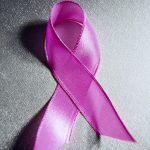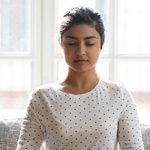
Many Americans most affected by the COVID-19 pandemic don’t believe that racism is associated with poorer health, a nationwide poll shows. The ongoing poll of more than 4,000 lower- and middle-income Americans focuses on communities of color. “It really struck us that — despite the virus’s spread across the country to all types of communities — there’s not a consensus view on the effects of systemic racism,” said lead author Katherine Grace Carman, a senior economist at RAND Corporation. RAND is conducting the poll, with support from the Robert Wood Johnson Foundation. “Respondents see the impact of low incomes and living in a rural community on a person’s health, but race isn’t viewed with the same gravity,” she said in a Robert Wood Johnson news release.Just over 42% of respondents say systemic racism is one of the main reasons people of color have poorer health. About one-third disagree, and about a quarter are neutral. Black respondents are much more likely (69.4%) than white ones (33.2%) to believe that systemic racism affects the health of people of color, according to the poll. Overall, pollsters found a slight increase in respondents’ willingness to risk their own health to return to pre-pandemic “normal.” But respondents who are Black or Hispanic are more likely (68.5%) to be cautious about taking health risks to move about freely than white respondents… read on > read on >












